- What is Healthcare SaaS?
- Healthcare Software As A Service Key Market Takeaway
- Benefits of SaaS in the Healthcare Industry
- Must-Have Features For Healthcare SaaS Platforms
- Upcoming Trends In Healthcare SaaS
- Checklist For HIPAA Compliance For Your SaaS Platform
- How To Develop A Healthcare SaaS Solutions?
- Conclusion
- How We Can Help Developing SaaS Solutions For Your Healthcare Business?
- FAQ
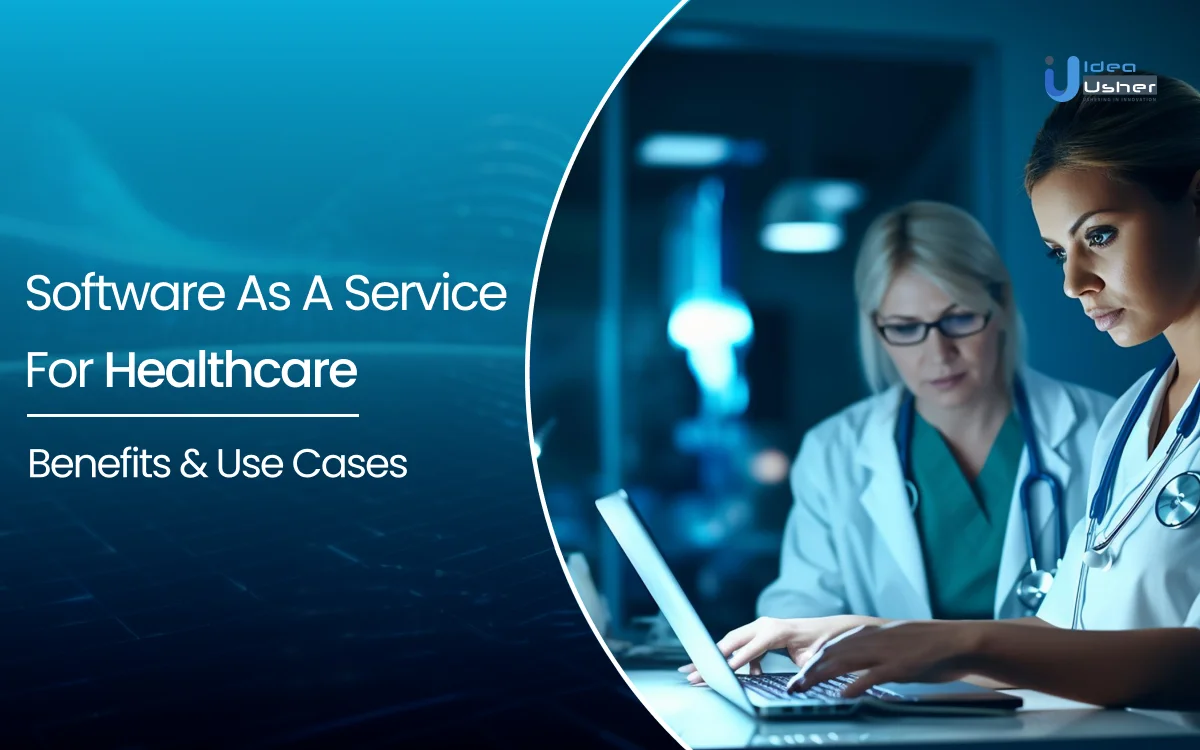
Healthcare providers are increasingly using SaaS for many different tasks, including keeping electronic health records (EHR), managing billing and insurance (RCM), offering remote consultations (telemedicine), and improving communication with patients.
With SaaS, doctors and nurses can access important patient information from anywhere as long as they have an internet connection. SaaS makes it easier for different healthcare professionals to work together, ultimately leading to better patient care.
On top of that, SaaS can save healthcare organizations money and improve their financial health. In this article, we will understand the advantages of SaaS in healthcare and explore some of the best examples of healthcare SaaS software.
- What is Healthcare SaaS?
- Healthcare Software As A Service Key Market Takeaway
- Benefits of SaaS in the Healthcare Industry
- Must-Have Features For Healthcare SaaS Platforms
- Upcoming Trends In Healthcare SaaS
- Checklist For HIPAA Compliance For Your SaaS Platform
- How To Develop A Healthcare SaaS Solutions?
- Conclusion
- How We Can Help Developing SaaS Solutions For Your Healthcare Business?
- FAQ
What is Healthcare SaaS?
Healthcare SaaS refers to cloud-based software solutions used by healthcare providers and other organizations to provide medical services. Various forms of healthcare software help manage processes such as appointment scheduling, clinical information documentation, patient record maintenance, billing and insurance claims processing, and so on.
These software offerings offer comprehensive support across various aspects of healthcare administration, from allowing doctor appointment scheduling to carefully recording clinical information, managing patient records, and managing the complexities of billing and insurance claims processing.
Healthcare SaaS solutions utilize the power of the cloud to provide scalability, accessibility, and improved collaboration, allowing healthcare workers to deliver optimal patient care while streamlining organizational workflows and resource allocation.
Healthcare Software As A Service Key Market Takeaway
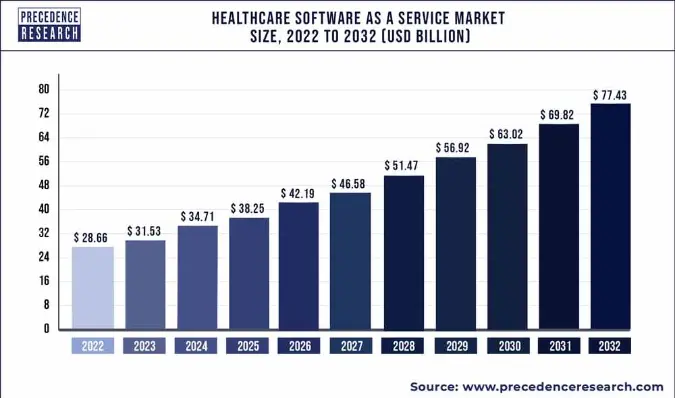
Source: Precedenceresearch
Many healthcare centers are switching to web-based software (SaaS) to streamline their work. SaaS offers several advantages, including easier workflows, better management, lower costs, and improved scalability. These benefits apply to various areas like databases, mobile apps, websites, and communication tools.
The growing market presents a significant opportunity for businesses that can develop and deliver innovative healthcare SaaS applications that address these evolving needs.
Increased use of SaaS in healthcare leads to:
- Better data management
- Easier integration with existing systems
- New features are constantly being developed for smoother workflows
- A growing healthcare SaaS market
The expansion of SaaS is driven by:
- Wearable devices
- Telehealth
- Remote patient monitoring
- Electronic Health Records (EHR) systems
- Growing demand from healthcare centers
The rise of cloud technology in healthcare allows for:
- Easier software development
- Smoother information sharing
- Development of innovative software solutions for managing patient information with less paperwork
Benefits of SaaS in the Healthcare Industry
SaaS in healthcare has several benefits that may help you enhance business operations, increase productivity, and build a secure intranet. Many SaaS providers offer solutions for healthcare SaaS enterprises. As a result, they simplify communication while also improving patient outcomes.
Discover why you should utilize SaaS in the healthcare business.
1. Cost-efficient
Healthcare tech can be pricey, and since they handle super important information, hospitals and clinics can’t get all the features due to budget constraints. But with SaaS (Software as a Service), healthcare providers get a budget-friendly option because they don’t have to pay for:
- Upkeep: No need to worry about maintenance costs.
- Set-up fees: Forget expensive hardware installations.
- Upgrades: No more looking for constant software updates.
- High upfront costs: SaaS is easy on the wallet from the start.
2. Ensured Security
Medical facilities can use special computer programs called SaaS applications to keep patient information safe. These programs come with many security features and follow certain rules, like HIPAA, to ensure that private health data stays protected.
3. Scalability
With cloud-based SaaS applications, medical centers can easily adjust their software use as their business grows. Unlike traditional software, there’s no need for them to worry about complicated upgrades or additional computers. They can simply scale the SaaS application up or down to fit their needs.
4. Efficient and Swift backups
Saving important information is easier with SaaS applications! Unlike having their servers where crashes could mean losing everything, medical centers using SaaS don’t have to worry about backups. SaaS constantly saves all the data automatically, so even if something goes wrong with the server, the medical information is always safe and retrievable.
5. Immediate Updates
SaaS apps help hospitals keep patient records up-to-date. Immediate updates allow all the doctors involved in a patient’s care to share information and see the latest updates easily. Having the most recent information helps doctors give better care.
6. Ease of Access
Special computer programs let people see information whenever and wherever they need it. Easy accessibility is very helpful for doctors because they can talk to each other about a patient’s case even if they are not in the same place. It also makes it easy for patients and doctors to communicate without having to worry about finding the most recent records.
Must-Have Features For Healthcare SaaS Platforms
When making your healthcare software, you must know what problems it solves and its key features. You need unique aspects to stand out, but some basic features are necessary for such products. Here are the must-have features of the medical SaaS platform:
1. Patient data management
Imagine hospitals having a special computer system to manage all their patients’ information. This system would be like an electronic filing cabinet for medical records, treatment plans, and prescriptions. Doctors and nurses could easily add new information, update existing records, and look at past details whenever needed.
2. E-prescription issuing
E-prescription issuing is going to be really helpful for everyone involved – patients, doctors, and pharmacies. With this feature, doctors can send prescriptions electronically using a SaaS healthcare product. This means they can easily access previous prescriptions, which makes their job easier. And for patients and pharmacies, using electronic prescriptions instead of paper ones is much simpler and more convenient.
3. Hospital analytics
You can enhance your medical software with features that help hospitals and clinics analyze their daily routines. This includes tracking patient and visitor numbers, doctors’ and nurses’ schedules, and inventory levels. By studying this data, administrators can make better decisions to improve operations.
4. Billing and payment management
Healthcare providers who charge for their services need to make sure paying is easy and safe for their patients. Special software for healthcare businesses can be used to add features that make this happen. Your tech team can include different ways to pay, like credit cards, PayPal, or phone wallets like Apple Pay and Google Pay. They can also set up the system to automatically generate reports and handle tax stuff, which saves everyone time.
5. Connectivity with biosensors and smart medical devices
As hospitals increasingly rely on internet-connected devices to track patients remotely, healthcare software needs tools to manage all that information. This means being able to collect the data from devices, store it securely, and analyze it to identify important trends.
Upcoming Trends In Healthcare SaaS
SaaS is transforming the healthcare industry by making healthcare institutions more efficient and productive. It will likely become the leading technology used in healthcare in the coming years. Here are some of the exciting trends that will contribute to this growth:
1. ML-powered analytics
Smart computers and learning machines are already being used in many fields, and in healthcare, they can help doctors treat people better. These machines can look at all of a patient’s symptoms and past illnesses very carefully and then suggest the most likely ways to help them get better.
2. Vertical SaaS
Vertical SaaS is like a one-stop shop for all computer needs, acting as a toolbox with all the right healthcare tools instead of a general toolbox that might have more than what you need.
This makes things cheaper and easier for healthcare providers. They can easily analyze their data, track important goals, and understand their patients better. Since the software is designed specifically for healthcare, it follows all the industry rules and helps them deliver the best possible care.
3. Pay-Per-Use Model
The pay-per-use model is a growing trend in healthcare SaaS as it offers several advantages for both providers and users. For providers, it eliminates the upfront costs of traditional software licenses and allows them to scale their spending based on usage. Meanwhile, the pay-per-use model provides a more flexible and cost-effective way for users to access healthcare SaaS solutions.
4. Artificial Intelligence (AI)
Artificial Intelligence can learn on its own, making it a top trend in healthcare SaaS. It can streamline healthcare processes, boost efficiency, and handle repetitive tasks. With different machine learning techniques, AI can spot patterns in healthcare data, leading to improved patient care.
Adding voice assistants like Amazon’s Alexa can enhance SaaS applications. They recognize speech patterns, speeding up tasks like data search and updating records. This customization can cater better to healthcare providers’ needs.
AI strengthens security by spotting trends and swiftly detecting threats to patient data. It automates tasks using machine learning, accelerating internal processes. This speed-up improves overall responses and helps find insights into data faster, answering questions promptly.
5. IoT-powered solutions for remote patient monitoring
With innovative wearables and cutting-edge medical devices, doctors can now continuously monitor changes in their patients’ vital signs and symptoms. These connected devices collect data around the clock, giving doctors a more complete picture of a patient’s health. Even better, modern systems can be programmed to automatically alert medical staff if any critical or dangerous changes are detected. This allows for faster intervention and potentially life-saving actions.
6. Integration in Existing Systems
Many people in healthcare are finding advantages to using SaaS solutions, such as renting software online instead of buying, which is becoming more popular as healthcare organizations realize the benefits. As more healthcare facilities use SaaS, there’s a greater need to connect this software to their existing systems. SaaS solutions can help with this by using tools called APIs to bring information stored online together with their other programs.
Checklist For HIPAA Compliance For Your SaaS Platform
HIPAA compliance is critical when using any electronic system, such as SaaS platforms, to share patients’ protected health information (PHI). Unfortunately, healthcare institutions routinely fail to meet HIPAA compliance standards, leading to severe penalties. Here are four critical elements to consider while ensuring HIPAA compliance for your SaaS platform:
1. Identify All Programs Holding Private Health Data
In big healthcare places, some departments get new software without asking the IT people or any healthcare experts. This creates “Shadow IT,” which can be really bad in healthcare because it’s so sensitive. Different parts of the organization might use online tools that have private health info.
Figure out all the online tools being used and make sure they follow HIPAA rules. It’s super important for any online tools used in healthcare to follow HIPAA to keep patient info safe and private.
2. Examine Every Contract
Before fully transitioning your system to a SaaS application, it’s crucial to check if it meets HIPAA standards. Review all contracts thoroughly to confirm HIPAA compliance. Make sure you’ve signed a HIPAA-compliant Business Associate Agreement (BAA) or contract. The BAA regulates how electronic health information is used and disclosed, as well as ensuring its security. Additionally, examine breach notification obligations and emergency clauses in the contracts to ensure full HIPAA compliance.
3. Establish Compliance Guidelines
For cloud-based healthcare applications or SaaS (Software as a Service) programs, it’s crucial to adhere to specific standards like GDPR, SNOMED CT, and DICOM. While these standards aren’t interchangeable with HIPAA compliance, they serve important purposes:
Firstly, they ensure the utmost security of sensitive data, making sure it’s well-protected from unauthorized access or breaches. Secondly, they prioritize supreme privacy, ensuring that patients’ personal health information remains confidential and inaccessible to those who shouldn’t have it.
Additionally, these standards offer enhanced auditing efficiencies, making it easier to track and demonstrate compliance with regulations and security measures.
4. Perform Audits
HIPAA rules say you need to watch who tries to get into electronic health info and keep track of how it’s used. But lots of healthcare places need to remember to check regularly, which can mean big fines, even if nothing gets leaked.
If you’re putting your stuff on a SaaS app, use NIST rules to check for risks, like breaches, and make sure all the security stuff is in place to keep cyberattacks out. When you’re moving your systems to a SaaS platform, make sure you follow all the HIPAA rules and do regular checks to keep patient data safe.
How To Develop A Healthcare SaaS Solutions?
Developing a healthcare SaaS application requires extensive coordination, rigorous planning, and significant resource allocation. Follow the steps to develop a healthcare SaaS solution.
1. Planning and ideation
Before building your health thing, figure out exactly what it will do and who it will help. Talk to people who might use it to hear about their problems and what would make their lives easier. This way, your invention will fix a real issue and be something people actually want.
2. Analysis of regulatory requirements
Data privacy laws are like rules for apps to handle user information safely. Different places have different rules. In Europe, your app needs to follow GDPR, and in California, CCPA is the main one. By understanding these laws, you can make sure your app keeps user data secure and follows the rules.
3. Discussing your tech requirements
A building stage of the project, where all the planning and ideas turn into a tangible product. Programmers take center stage, writing the code that brings the project’s functionality to life. Designers use their skills to craft the visual elements, ensuring the product is not only functional but also user-friendly and aesthetically pleasing.
4. MVP
An MVP, which stands for Minimum Viable Product, is a simplified version of a product that includes only its most basic features. It’s like a starting point designed to test whether the product idea is feasible and whether it meets the needs of users. The goal is to create something functional enough to gather feedback and validate whether it’s heading in the right direction. If the MVP doesn’t meet expectations or isn’t successful in solving the intended problem, then it does not proceed further, saving time and resources.
5. Development
Once you’ve finalized your ideas, legal stuff, and tech choices, it’s time to bring your app to life! Building a healthcare app is important because it deals with sensitive information. The best way to do this is to find programmers who already know the ropes or keep working with the healthcare tech advisors you’ve been talking to.
You’ll need tech experts who understand both the inner workings (back-end) and the user-facing side (front-end) of apps. They should also know how to talk to databases and use special tools for web applications. By hiring a team, communicating with them regularly, and checking on their progress often, you can build a fantastic healthcare app.
6. Testing
Making sure a software solution works well requires thorough testing and quality checks. That’s why our team runs various tests to catch any mistakes or glitches before they cause problems. We do this to minimize the chances of encountering bugs later on. Basically, we’re giving the software a good workout to make sure it’s in top shape for you!
7. Deployment and post-launch maintenance
Once you’ve figured out the solution and your fix is ready to go, it’s time to release it to the world! Make sure everyone knows how to use the fix, whether that’s through clear instructions, helpful tutorials, or a quick demo.
But don’t stop there! Keep an eye on things after the fix is out. Are there any unexpected issues? If you see new problems pop up, address them quickly to avoid any bigger headaches. By following these steps, you can release your fix smoothly and keep things running like a well-oiled machine.
Conclusion
SaaS, or Software as a Service, is gaining popularity in healthcare, where software is hosted in the cloud and accessible over the internet rather than installed on individual PCs.
With the right SaaS application, healthcare professionals can streamline their processes, improve patient care, and enhance overall efficiency.
However, developing a healthcare SaaS application on your own presents hurdles. You’ll need deep technical knowledge, a team with diverse expertise, strong project management, and a unique app to compete.
Partnering with an app development company can streamline this process. Their teams have the necessary skills and experience to build a secure and user-friendly application, saving you time, resources, and potentially money.
By connecting with companies that specialize in developing SaaS applications and software, you can create a SaaS application that’s not only effective but also user-friendly.
How We Can Help Developing SaaS Solutions For Your Healthcare Business?
At Idea Usher, we’re here to help healthcare companies stay ahead with the latest technology. We specialize in creating powerful software solutions that truly make a difference in patients’ lives.
Whether it’s managing patient records, ensuring smooth communication between different systems, analyzing healthcare data, or ensuring security and compliance, we’ve got you covered.
Our team consists of highly skilled engineers and developers who are ready to customize solutions to fit your exact needs. Let us help you reach your company’s goals by building software that transforms your healthcare business.
Get in touch with us today to explore how we can create SaaS solutions and healthcare apps specifically for your healthcare business.
FAQ
Q. What is software as a service in healthcare?
A. Software as a Service (SaaS) in healthcare refers to the sale of software programs via the Internet, allowing healthcare professionals to access and use these products on a subscription basis. Instead of purchasing and installing software on each device, customers may access the program via a web browser, with the provider handling maintenance, upgrades, and security.
Q. How is SaaS used in healthcare?
A. SaaS is utilized in healthcare for a variety of applications, including practice management, telemedicine platforms, patient interaction tools, and medical billing software. These programs simplify administrative processes, improve patient care coordination, increase communication between healthcare personnel and patients, and allow for remote consultations and monitoring.
Q. How big is the healthcare software industry?
A. The healthcare software business is large and expanding, driven by rising demand for digital solutions to improve patient care, operational efficiency, and regulatory compliance. According to PrecedenceResearch, it is estimated to reach around USD 77.43 billion by 2032, with a CAGR of 10.5% from 2023 to 2032.





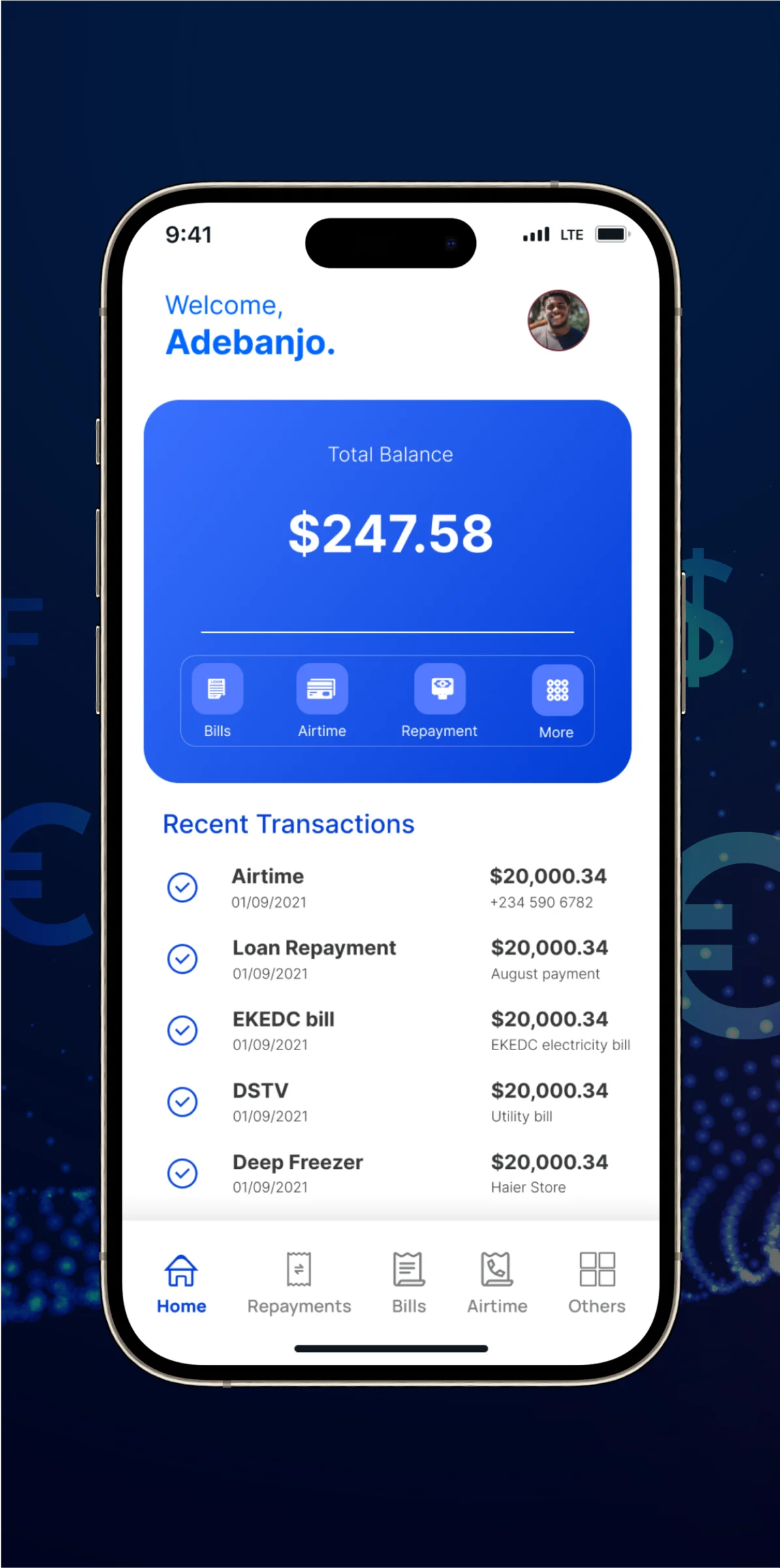
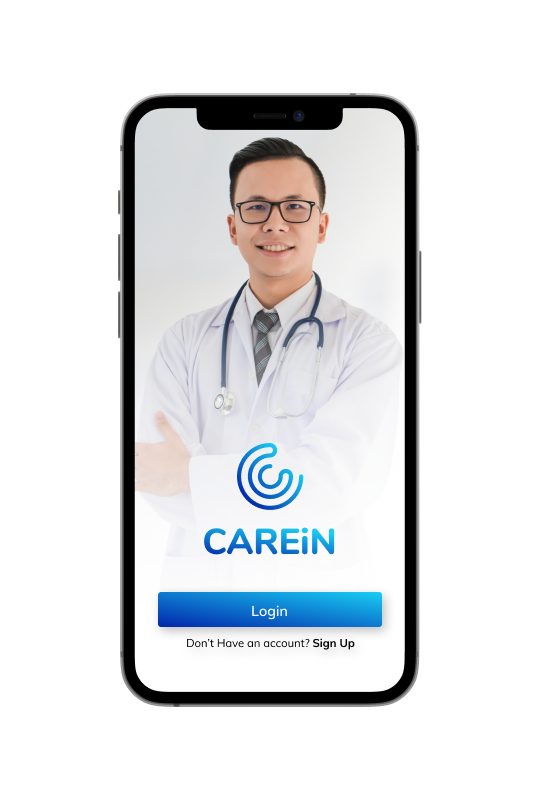
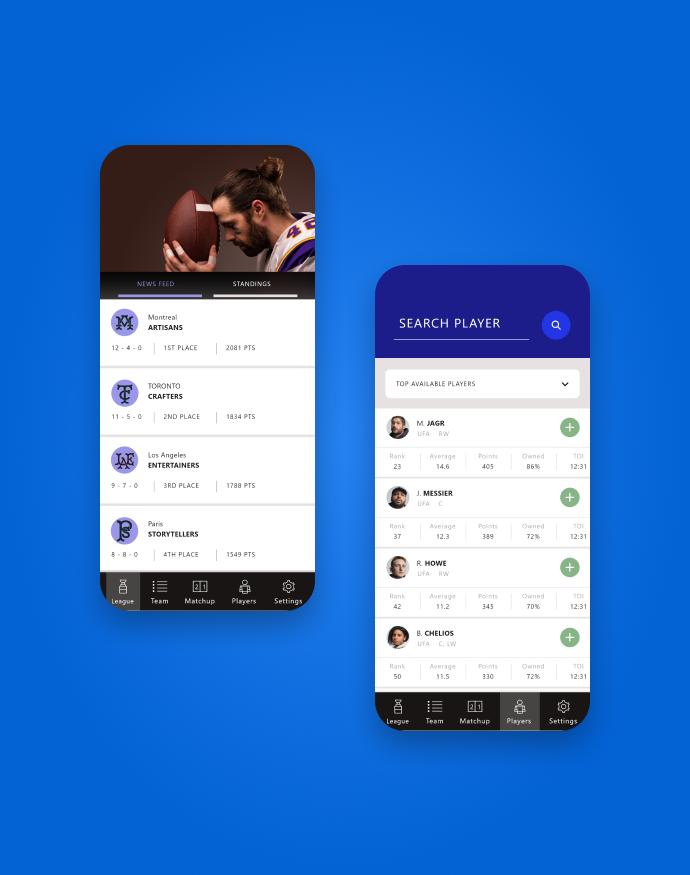


Gaurav Patil